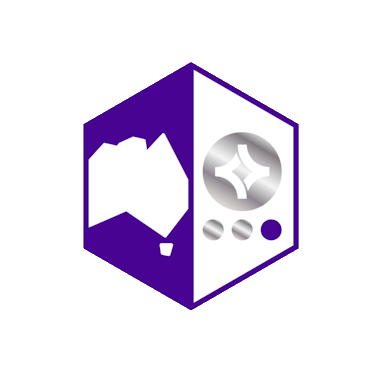Guardrails designed to prevent AI chatbots from generating illegal, explicit, or otherwise harmful responses can be easily bypassed, according to research from the UK’s AI Safety Institute (AISI). The AISI found that five undisclosed large language models were “highly vulnerable” to jailbreaks—inputs and prompts crafted to elicit unintended responses from the AI systems. This vulnerability raises significant concerns about the efficacy of current safety measures (TechRadar).
In a recent report, AISI researchers revealed that these models could be circumvented with minimal effort, highlighting ongoing safety and security concerns associated with generative AI. The report, which arrived in anticipation of the upcoming AI Safety Summit in Seoul, jointly hosted by South Korea and the UK, emphasized that all tested models remain susceptible to basic “jailbreaks.” Some models even produce harmful outputs without dedicated attempts to bypass safeguards. This revelation is alarming, especially given the claims by leading AI developers like OpenAI, Meta, and Google regarding their in-house safety measures.
The interim report, which precedes a full report expected later this year, underscores the persistent gaps in AI safety that could lead to significant risks. The Seoul Summit, co-hosted by South Korean President Yoon Suk Yeol and British Prime Minister Rishi Sunak, aims to address these issues by bringing together global leaders and industry experts to discuss AI safety within the realms of innovation and inclusivity.
The Good: Ensuring Safety and Trust
The primary objective of AI guardrails is to foster trust and safety. Government agencies, such as the Department of Homeland Security (DHS), have introduced AI guidelines to safeguard privacy, civil rights, and liberties while ensuring AI technologies are transparent and effective. DHS emphasizes that AI must be rigorously tested to avoid biases and maintain accountability in its deployment across various sensitive missions (MD Counterterrorism).
Similarly, international bodies like UNESCO and the World Economic Forum (WEF) advocate for AI regulations to protect society from misuse. UNESCO supports G7 leaders’ calls for AI guardrails, emphasizing that such measures are essential to prevent AI technologies from exacerbating inequalities and ensure they benefit humanity broadly (UNESCO). The WEF further stresses the need for a coordinated global approach to AI governance, suggesting that AI development should not cross a “red line” that could harm societal progress (Tech Wire Asia).


The Bad: Hindering Innovation and Implementation Challenges
Despite their benefits, AI guardrails face criticism for potentially stifling innovation. Tech companies argue that stringent regulations can slow down the development and deployment of AI technologies. For instance, leading AI firms like OpenAI and Google express concerns that excessive safety measures could impede their ability to innovate swiftly and stay competitive (TechCrunch).
Moreover, implementing effective AI guardrails is complex and fraught with difficulties. The recent AISI report highlights the challenges in creating universally accepted standards due to varying ethical perspectives and technological capabilities across regions. It also points out the risk of regulatory capture, where powerful tech companies might influence regulations to their advantage, thereby potentially undermining the guardrails’ effectiveness (Tech.eu) (CIGI).
The Middle Ground: Striking a Balance
Finding a balance between regulation and innovation is crucial. Experts suggest that AI guardrails should be flexible enough to adapt to rapid technological advancements while being robust enough to prevent misuse. Collaborative efforts between governments, industry stakeholders, and international organizations are essential to develop practical and effective AI regulations.
In conclusion, while AI guardrails are indispensable for ensuring ethical and safe AI deployment, they must be carefully crafted to avoid stifling innovation. As AI continues to evolve, maintaining this balance will be key to harnessing its full potential while mitigating risks. After all, the best guardrails not only keep us on track but also allow us to steer towards progress without falling off the edge.



